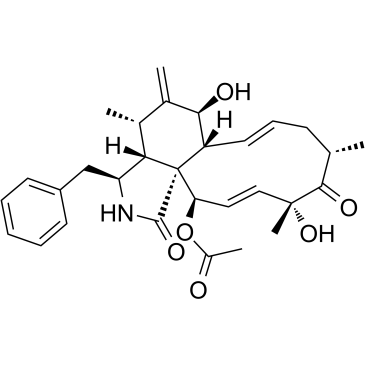| 结构式 | 名称/CAS号 | 全部文献 |
|---|---|---|
 |
细胞松弛素D
CAS:22144-77-0 |
|
 |
酞菁锌
CAS:14320-04-8 |
| 结构式 | 名称/CAS号 | 全部文献 |
|---|---|---|
 |
细胞松弛素D
CAS:22144-77-0 |
|
 |
酞菁锌
CAS:14320-04-8 |